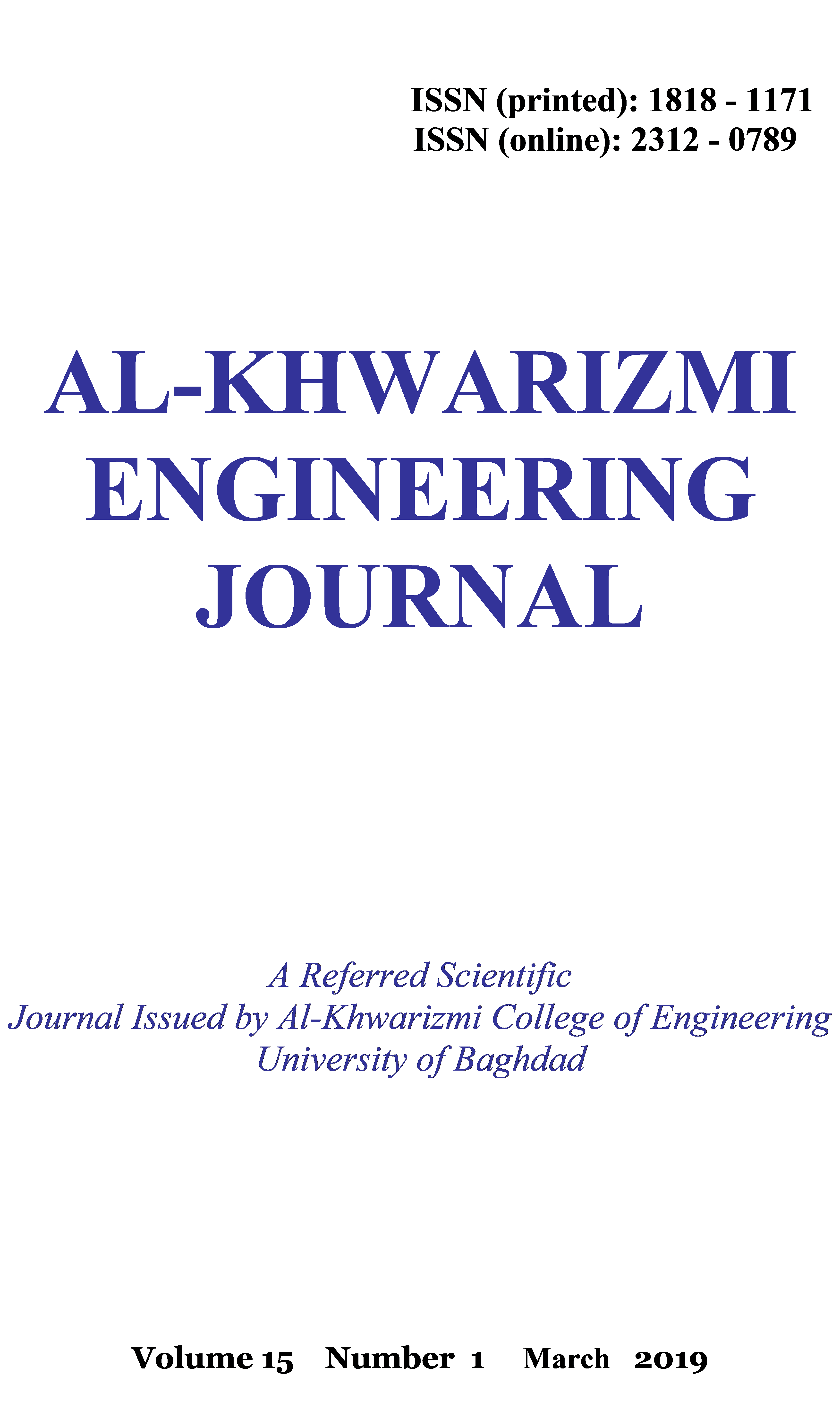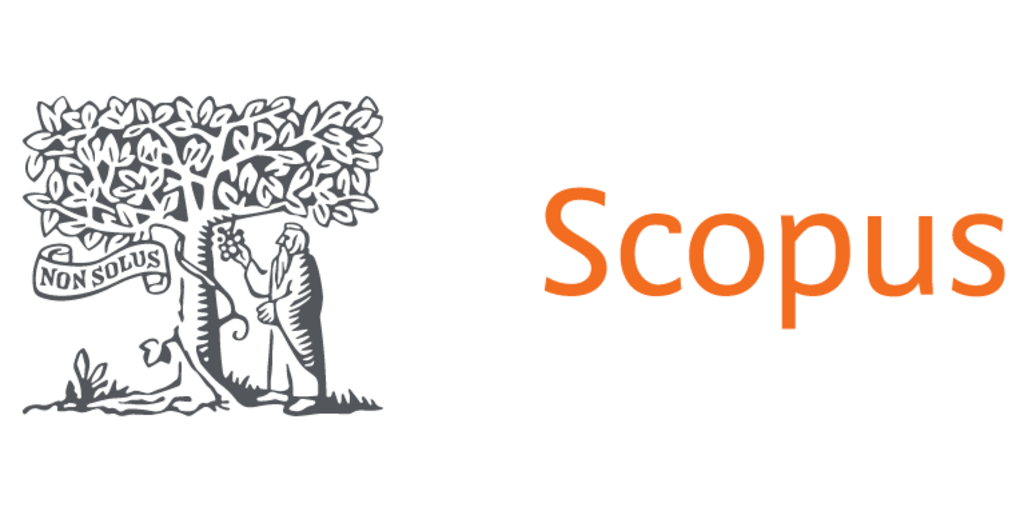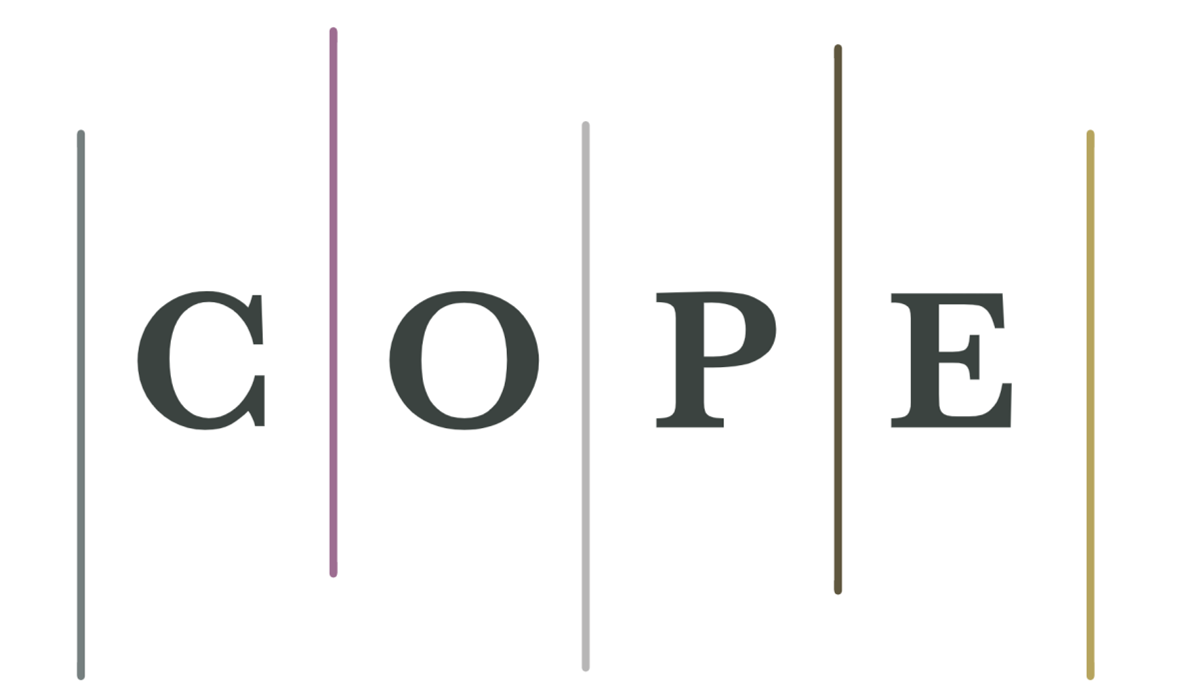Removal of Dissolved Trivalent Chromium Ions from Contaminated Wastewater using Locally Available Raw Scrap Iron-Aluminum Waste
DOI:
https://doi.org/10.22153/kej.2019.06.005Keywords:
Aluminum, Equilibrium, Langmuir, Sorption, Scrap iron, Scanning electron microscopy.Abstract
The present study is to investigate the possibility of using wastes in the form of scrap iron (ZVI) and/ or aluminum ZVAI for the detention and immobilization of the chromium ions in simulated wastewater. Different batch equilibrium parameters such as contact time (0-250) min, sorbent dose (2-8 g ZVI/100 mL and 0.2-1 g ZVAI/100 mL), initial pH (3-6), initial pollutant concentration of 50 mg/L, and speed of agitation (0-250) rpm were investigated. Maximum contaminant removal efficiency corresponding to (96 %) at 250 min contact time, 1g ZVAI/ 6g ZVI sorbent mass ratio, pH 5.5, pollutant concentration of 50 mg/L initially, and 250 rpm agitation speed were obtained.
The best isotherm model for the batch single Cr(III) uptake by ZVI and / or ZVAI sorbent was found to follow Langmuir (I) with corresponding R2greater than 0.9115. Kinetics data for the sorption of Cr(III) onto ZVAI/ZVI mixture and due to the good agreement between the fitted and the experimental results; the data was found to obey the pseudo second order model at which the chemisorptions mechanism was the most dominant in the sorption process. Scanning electron microscopy (SEM) for the ZVI and ZVAI has revealed highly surface changes and saturation by contaminant and apparent pores blockage that hindered and ceased the sorption process.
Downloads
Published
Issue
Section
License
Copyright: Open Access authors retain the copyrights of their papers, and all open access articles are distributed under the terms of the Creative Commons Attribution License, which permits unrestricted use, distribution, and reproduction in any medium, provided that the original work is properly cited. The use of general descriptive names, trade names, trademarks, and so forth in this publication, even if not specifically identified, does not imply that these names are not protected by the relevant laws and regulations. While the advice and information in this journal are believed to be true and accurate on the date of its going to press, neither the authors, the editors, nor the publisher can accept any legal responsibility for any errors or omissions that may be made. The publisher makes no warranty, express or implied, with respect to the material contained herein.
















